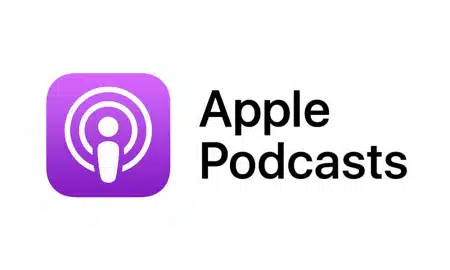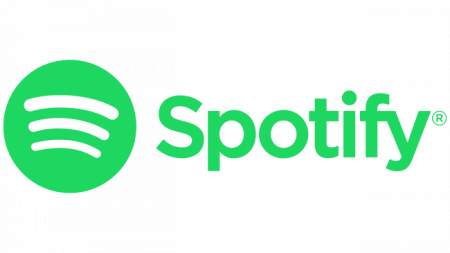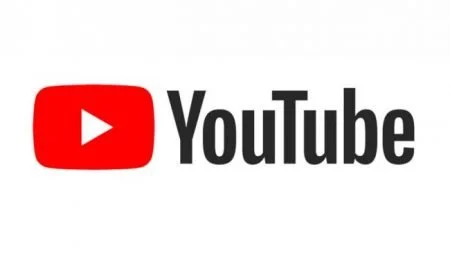End-To-End Remote Live Workflows
A traditional broadcast setup has always consisted of a few main components- cameras are connected with SDI feeds into a video switcher. microphones, audio mixers, lighting- all on a set at the location with a lot of people putting it together. That signal is then broadcast to a variety of channels- whether it be a network broadcast, YouTube, Vimeo, or Facebook live.
With Remote video workflows-or REMI for short- we’re reducing the need to have everything on location. Minimal equipment. Minimal people. Using the internet to connect everything together. These workflows typically us IP protocols- made specifically for video production- like NDI, SRT, RTMP, or SMPTE.
Let’s dive into a basic setup of an End-To-End Remote Workflow production.
Remote Cameras. Remote Contribution.
Starting with remote camera systems. Although, when we’re talking about camera systems we really need to also talk about remote guests or remote contribution workflows. We have to think about cameras, audio, and lighting- an equipment package easy enough for talent on your show to operate, But, professional enough to separate your content from the amateurs.
In the video, we’re using the brand new Panasonic AW-UE100 4K NDI PTZ Camera. Here’s what we like about it:
- IP-READY – Supports a wide variety of IP transmission protocols, including NDI, NDI|HX, and SRT.
- 4K/60P, 12G – Supports 4K 60p shooting and 12G-SDI output.
- WIDE-ANGLE LENS – Includes a wide-angle lens with a 74.1° field of view and 24x optical zoom.
A PTZ or Pan-Tilt-Zoom camera is ideal for remote production- cause it removes the need for a camera operator to be physically in the room. White balancing, color correction, and camera control can all be modified remotely typically using an internet connection and a web browser.
Encoders & Decoders – Connecting Remote Sources To Your Production Environment
We have the camera setup remotely- but what about getting that camera connected to the production control room? An IP-based video encoder sends a video signal, transmitting it over the internet. A decoder can be used at your control room location to receive that information and bring it into your production switcher.
In the video, we’re showcasing the award-winning bonded-cellular technology from LiveU. Here’s what we like about the LiveU Field Unit:
- BONDED-CELLULAR – Combine modems, wifi, and LAN to create the highest quality video/audio.
- RETURN FEED – Guest can receive program return.
- IFB / TALKBACK – Connect remote talent with the control room.
LiveU really stands out when you’re looking for a reliable and quality video signal. With their proprietary LiveU Reliable transport (or LRT)- the LiveU can send up and multi-cam video signals with up to 16 channels of audio in their flagship LU800.
In this workflow, we have our Panasonic PTZ camera connected over HDMI to our LiveU LU600 which includes the 4K HEVC Pro Card. This LiveU LU600 unit is also using LiveU IP Pipe, which enables the PTZ camera to be controlled remotely back at the control room location.
There are a few other remote guest products that take a slightly different approach that are worth mentioning.
- BirdDog Cloud – is a web manager for all your IP-based input and output connection. Includes Tally, Comms, Video, Audio, and PTZ Control all over a secure and encrypted connection.
- Quicklinks ST500 – The ST500 is an all-in-one plug-n-play system with a camera, lighting, audio, and return feed in a simple box that can be turned on at a talent’s home- while the rest of the configuration can be 100% controlled remotely.
- LiveU LU-Smart mobile app offers bonded transmission technology through a smartphone app, enabling any mobile journalist to cover live HD news from the field using their own mobile device. Transmitting back to the LiveU receiver.
- The Matrox Monarch Edge can send up to 4 independent SRT signals. For events that require more cameras, its compact footprint ensures that two units will fit into a single 1RU space.
There are a lot of options to consider here- so contact us and we’ll put you in touch with the Key Code Media engineer team.
Remote Video Control Room
Now, we’re over in our control room. All our camera feeds are coming into our production switcher and we can get ready to throw the show- from anywhere.
A few Network Topology considerations to think about now that we’re in the control room:
- What are your internet bandwidth speeds for both up & down? We recommend around 20mbps per incoming video signal. That’s download speed. You should also make sure your guest’s internet or cellular bonded signal is sending at least or more. You’re also going to want to look at your upload speed- as you prepare to stream your program to the internet or broadcast.
- Dedicated Production Network – Do you have a dedicated network for the production? It’s best practice to do so. Having other non-video devices sharing the local network increases your chances of data loss and issues with the video quality.
The remote production switcher we’re showcasing today is NewTek’s latest TriCaster 2 Elite. We also have our LiveU LU2000 receiver bringing in our remote LiveU feeds. We did have to do some basic network configuration to get the LiveU LU2000 and TriCaster 2 on our network- but once configured correctly selecting sources is a simple drop-down in the TriCaster menu.
The NewTek TriCaster 2 Elite – why we prefer for remote production:
- VIDEO INPUTS – 32 x simultaneous video inputs, NDI or SDI.
- IP-PROTOCOLS – NDI, SRT, RTMP, and HTTP support.
- LIVE CALL CONNECT – Supports up to 9 callers over Microsoft Teams, Zoom,GoToMeeting, and Discord. Skype TX also supported.
- INPUTS/OUTPUTS – 8 3G-SDI Inputs, 8 Mix Outputs, 2 4K UHD Outputs, 15 Buffers, 4 DDRS, Teleprompter, and 4 Multiviewers, with Dual Streaming Encoders.
As you can see in our multiviewer our Panasonic PTZ camera, connected through the LiveU Field Unit is now available as input 1. That camera could be anywhere in the world- using a decent cellular connection and a LiveU backpack.
One of the reasons we highlighted the NewTek TriCaster is because of its large library of free NDI tools. There are several tools that can be downloaded from the NDI website.
Here are some of our favorite NDI Tools:
- NDI Scan Converter – which can Capture and present the full-screen display of any Windows and Mac device on the same network.
- NDI Virtual Input – Capturing video or audio sources from a TriCaster and inputting it as camera for Zoom or other video conferencing software.
- NDI Studio Monitor – provides KVM control of your TriCaster and PTZs located anywhere on the network.
- NDI Access Manager – allows you to manage all NDI systems and sources on your network.
One other unique NDI configuration worth mentioning is the NewTek Remote Storage by our partners at SNS. This is the only NDI-ready SAN and NAS shared storage that will allow multiple streams of NDI to be recorded. Supporting simultaneous capture, ingest, edit, and playback so productions can have media files instantly available for post-production turnaround. I can also pull up media on the storage for DDR playback- expanding my library from the default 4TB to up to 98TB+ in a single box.
In this workflow, we featured NewTek for our video production switcher- but what are some other remote control equipment worth researching.
- Ross Carbonite Switcher is using a combination of third-party products to operate remotely- Teradek video link, a mini Carbonite 9 panel, robocam controller, router panel, and an intercom panel- a Ross video switcher at a facility can be completely operated from home over an internet connection and a VPN.
- Telestream Wirecast Gear also adopted NDI and SRT. They have a built-in Rendezvous system that can bring in remote guest simply by sending a hyperlink.
Conclusion
In the last few months, we’ve seen a rapid need for flexible video production setups- using a variety of IP technologies to connect a dispersed talent and production team into a control room environment.
There is obviously a lot of choices- both cheap and expensive. That can either make your production setup a total breeze, or a total pain. Small bad decisions in equipment and workflow can lead to failure in execution.
So, what are your next steps? Do you need to include other considerations not discussed in this video like comm systems, lighting, and microphones? How do you get it all configured together in a cohesive workflow that meets your overall budget? Contact Key Code Media to get the conversation started.





